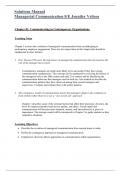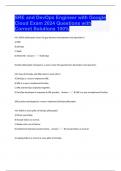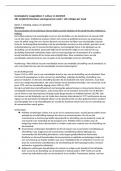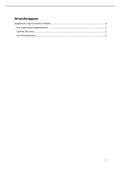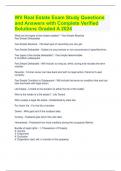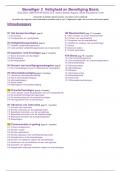Examen
Solutions Manual For Managerial Communication, 8th Edition by Jennifer Veltsos, Geraldine Hynes.
- Cours
- Établissement
Solutions Manual Managerial Communication: Strategies and Applications, 8th Edition by Jennifer Veltsos, Geraldine Hynes. ISBN: 9781544393285. Solutions For Managerial Communication 8e veltsos.
[Montrer plus]
